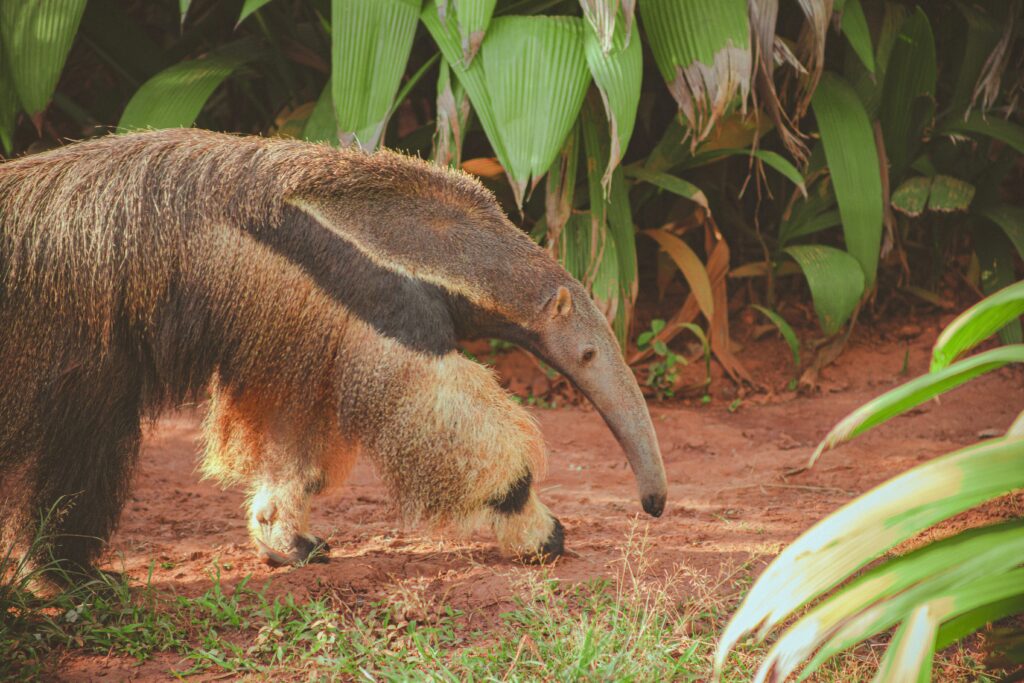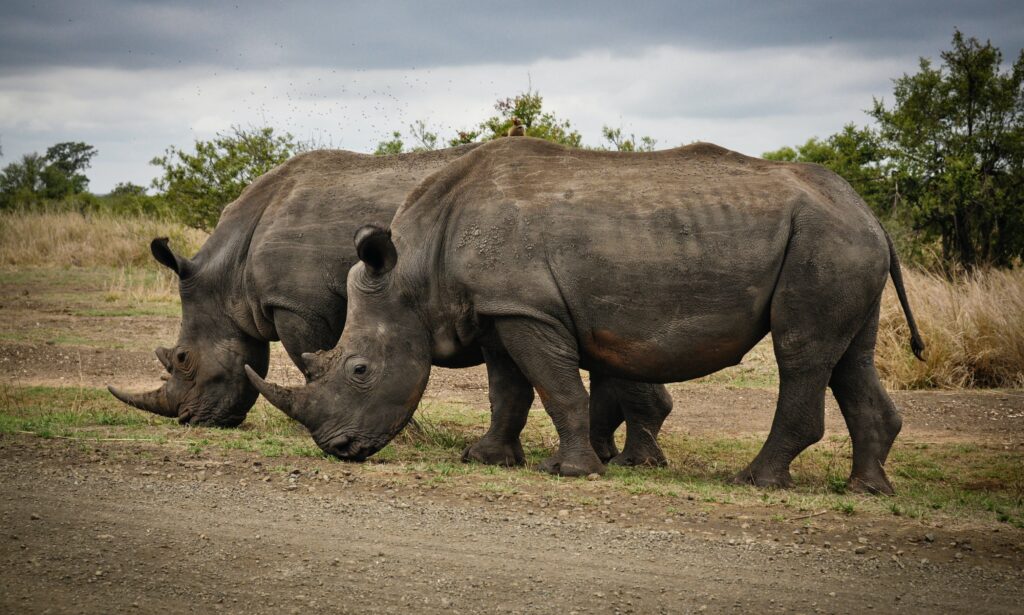Each new year brings reports of research centers about the irretrievable extinction of thousands of plant and animal species. Trade in the rarest species, some of which end up in the homes of people who are well-off, but completely unaware of the importance of the problem, contributes to the degradation of biodiversity on the planet.
Survival of the rarest species and poaching
On one hand, we have the sick fantasy of anonymous buyers who want to see a unique animal or plant in their homes for any amount of money, regardless of whether the species is protected or threatened with extinction. On the other hand, there are people who, when given a generous payment, break all laws and sometimes provide the former with even the last species living on Earth.
There is an underground market on a global scale that employs poachers and is staffed by unscrupulous “collectors”. These are completely ecologically blind people who don’t care if their actions lead to irretrievable loss, extermination of the last representatives of the rarest species of flora and fauna.

The “legality” of animals
Legal regulations in every country, no matter how powerful they may be for environmental action, define what animals and plants are excluded from private ownership. Of course, these are the rarest and most unique species.
Captive-bred animals are usually allowed by law, thus poachers caught red-handed often invoke this argument to justify their illegal actions. When selling a protected species, they claim that it was bred by them, which may relieve them of any legal liability.
So how can you tell if a rare animal or plant has been legally bred or stolen from nature?
This is a key question, especially for services dealing with illegal trade in endangered species as representatives of these services must present evidence to the court that crime has been committed.
The good news is that recently it has become possible to tell whether a given animal or plant comes from breeding or has been stolen from nature. A method that has been developed confirms the origin of a given species with 100% certainty. This allows for unambiguous evidence that confuses poachers and their clients. What is this method about?

A major step forward in detecting illegal trade in endangered species
Technology came to the aid of nature. At the Center for Wildlife Studies, under the direction of Dr. Jack Hopkins, a method has been developed, thanks to which we can detect with complete clarity whether a species comes from breeding or from the natural environment. The key turned out to be the use of isotope research. On its basis, it is possible to determine the content of nitrogen and carbon in organisms, which is different for an artificial and natural diet. The method is now ready to use. There are plans to create an application that would be used by services dealing with the prevention and prosecution of trade in rare species.
Tests of the animal origin detection method have been successful. For now, it has been developed only for turtles, but nothing stands in the way of dealing with the smuggling of other animals and plants. Let’s hope that the Hopkins method will soon be popularized and operationalized around the world.
Maciej Skomorowski












